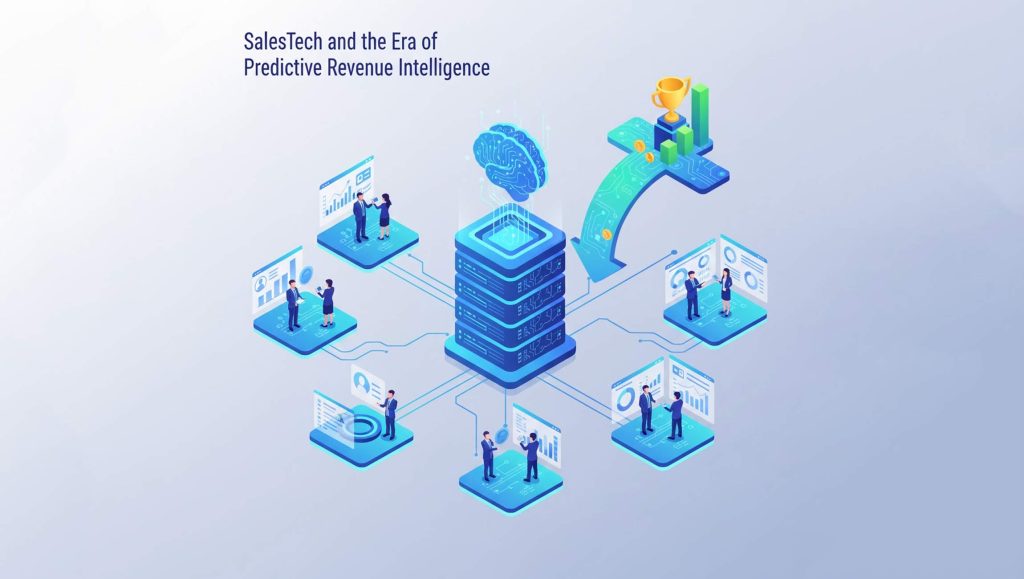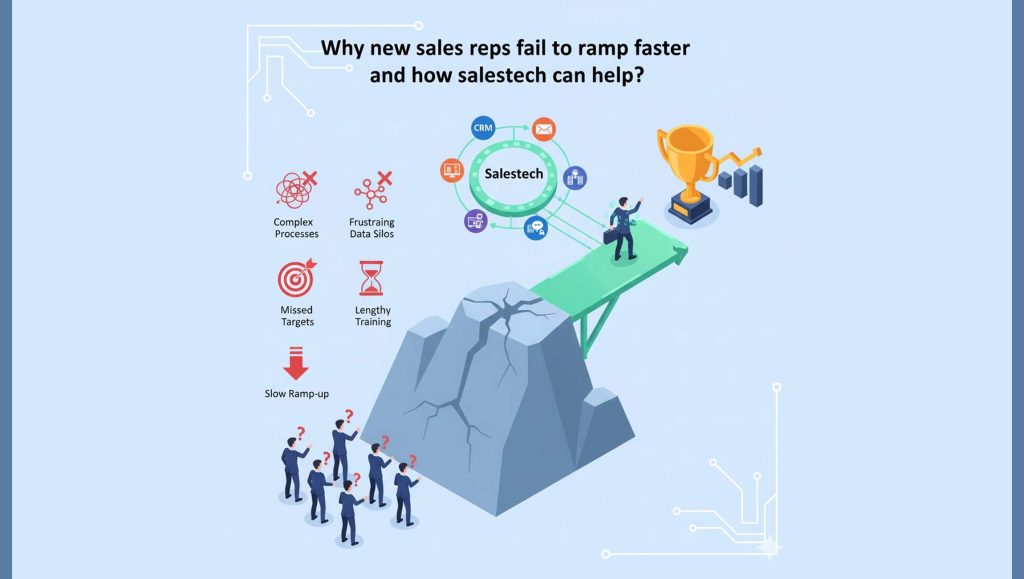Between economic turbulence and competition from e-commerce, today’s brick-and-mortar retailers need to be more strategic and efficient than ever. That means basing more of their decisions on hard data versus a gut feeling. When retailers are deciding how to structure their stores, for example, they need a thorough knowledge of the in-store journey – how customers interact with a physical storefront before purchasing goods.
Understanding the customer journey can influence a host of critical decisions, such as which items to emphasize on display or what kind of sales or promotions to offer. Thanks to the latest advancements in artificial intelligence (AI), retailers can gather personalized data about the in-store journeys of specific demographics. Using Al-driven algorithms and computer vision technology, retailers can both monitor and interact with each customer, collecting useful data about the customer journey and providing the customer with offers and information on that basis.
With this in mind, here are a few ways AI-powered technology, particularly when paired with digital signage, can help retailers decode the in-store customer journey and provide a more personalized customer experience:
Dynamic and engaging content
One very helpful technology for interacting with customers is AI-powered digital signage. The sign can use facial recognition technology to determine the customer’s age and gender. This enables the retailer to produce content that is most likely to resonate with this specific customer. For instance, the sign might display promotional offers for popular products with the customer’s demographic or recommend new products that are similar to the demographic’s historical preferences.
By that is as relevant and engaging as possible for specific demographics, the retailer maximizes the likelihood of an interaction through, for instance, the sign’s touchscreen. During these interactions, retailers can collect even more valuable insights. The retailer is then able to empower the customer to research different products, discover what’s on sale, and compare the features and prices of similar options.
Read More: SalesTechStar Interview with Ram Menon, Founder and CEO at Avaamo
Once digital signs are armed with the right info, they become very good at getting people to interact with them. Even if the customer does not interact, the sign will keep changing in a continuous effort to pique the customer’s interest and get some sort of idea of what they’re shopping for today.
It’s important to note that digital signage’s facial recognition capabilities are limited to recognizing age and gender, as opposed to more invasive functions like capturing a detailed image of a shopper’s face and storing this personally identifiable information in a central database. This would raise numerous concerns related to privacy and security, since personally identifiable information is often targeted by cybercriminals. So, shoppers can interact with digital signage without worrying about retailers capturing sensitive information without their consent or selling the data to other companies.
Rich behavioral data
In addition to recording which products a customer is interested in, the sign also records how much time the customer spends interacting with it, whether they are taking their time or in a hurry, and other behaviors that reflect someone’s general shopping style. When combined with product-related data, behavioral data can help the retailer build very specific profiles about different demographics and enhance each customer’s journey.
For example, a retailer might find that a key demographic exhibits a preference for certain product categories as well as a relaxed shopping style when interacting with a digital sign. This suggests the customer has plenty of time to shop and usually gravitates towards the same sections. So, the retailer could design the store layout to guide these customers to their favorite sections while simultaneously exposing them to other product categories they may be interested in.
Conversely, the retailer might find that another key demographic primarily interacts with the sign for short, hurried durations to check for discounts in a certain product category. The retailer could then offer more discounts for this product category and situate these products in proximity to other discounted items that the customer may have otherwise missed in their brief in-store journey.
Impact of external factors
Some external factors, like weather and global events, can make the in-store customer journey harder to decode. Do customers shop differently during different seasons? How does their shopping behavior change with the ups and downs of the economy? Are customers highly influenced by new trends on social media?
To understand the impact of these factors on shopping behaviors, retailers can observe changes in the way customers interact with their AI-powered digital signage. For example, a retailer might find that customers are using the sign primarily to look for discounts or special offers during the winter, compared to more casual browsing during the summer. This suggests that the retailer should make its winter discounts and special offers the focal point of its layout, since this seems to be the first thing on customers’ minds when they walk into the store.
Alternatively, digital signage data might show that customers are more likely to engage with personalized AI-driven product recommendations when the economy is in good shape. The retailer could then relay this information to its sales associates, who can then be more aggressive in recommending certain products to customers during these periods. When the economy takes a downturn, the retailer might instruct its sales associates to focus less on product recommendations and more on creating a relaxing atmosphere to help customers de-stress.
Final thoughts
The insights provided by AI-powered digital signage can help retailers discover how customers like to shop and what their top priorities are when they enter their stores. With this knowledge at their disposal, retailers can structure their stores to reflect their customers’ needs and make the in-store experience as seamless as possible. Customers who feel valued are more likely to reward a brand with loyalty, and AI-powered digital signage can be a highly effective tool for showing each individual customer that you truly value their business.
Read More: Beyond AI: Four Crucial Sales Functions Where Human Touch Still Reigns




















